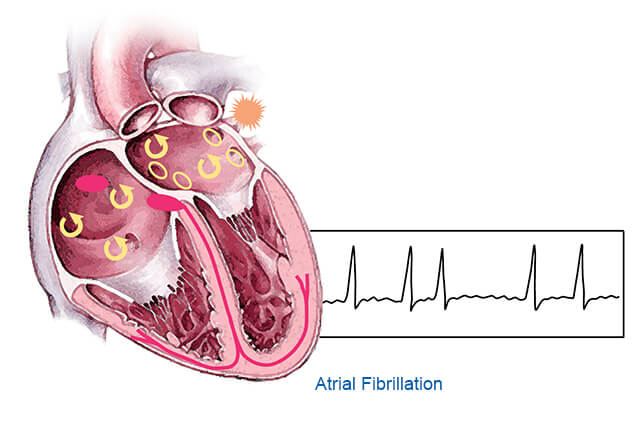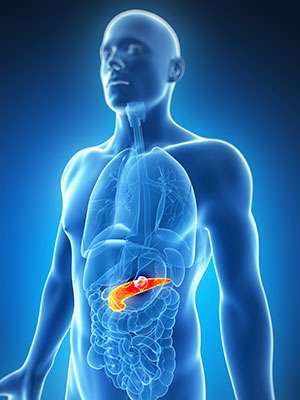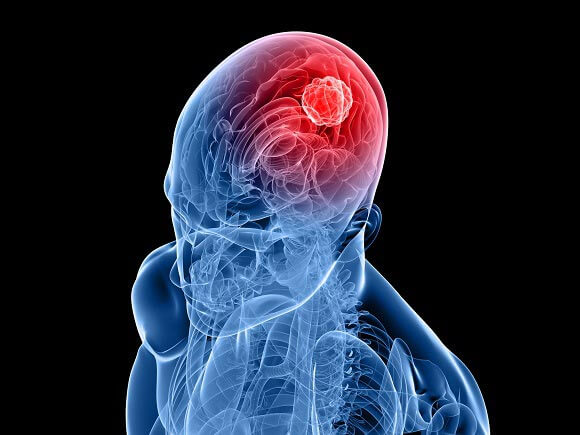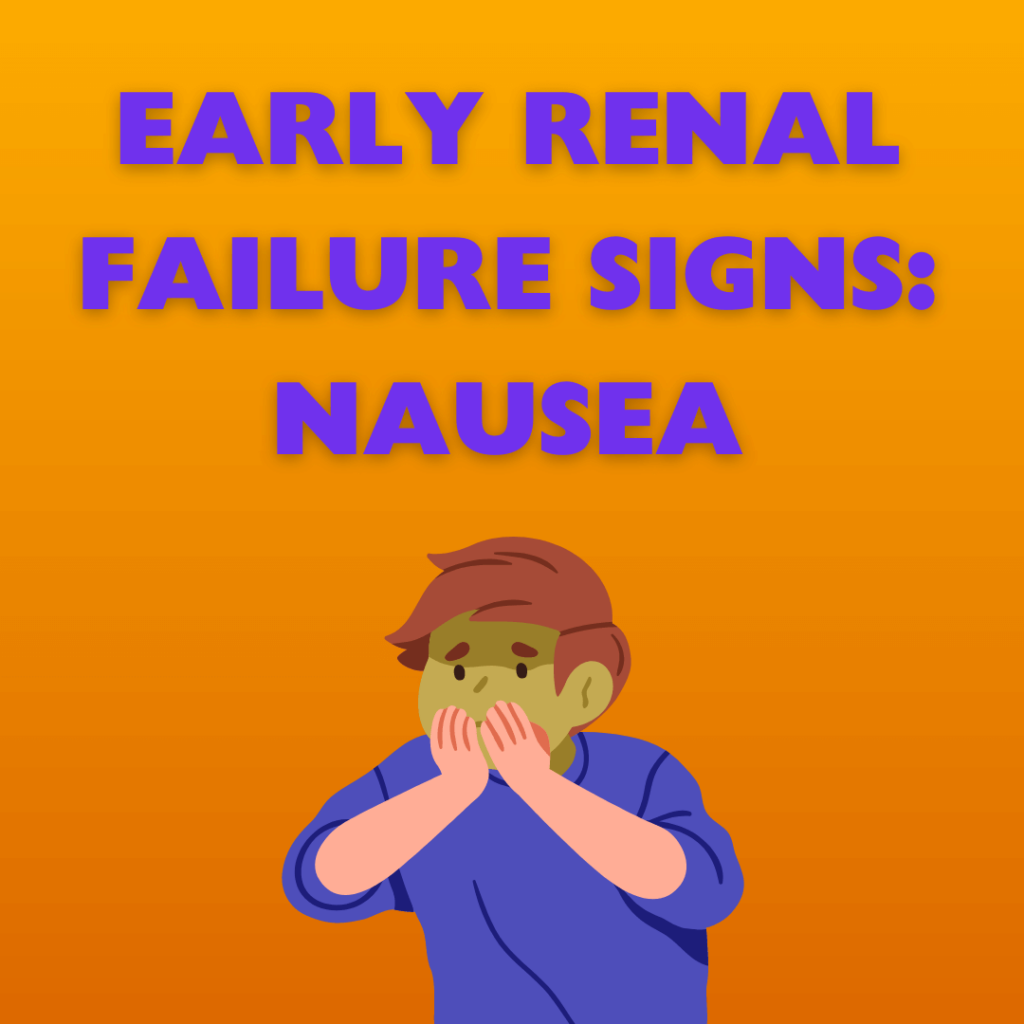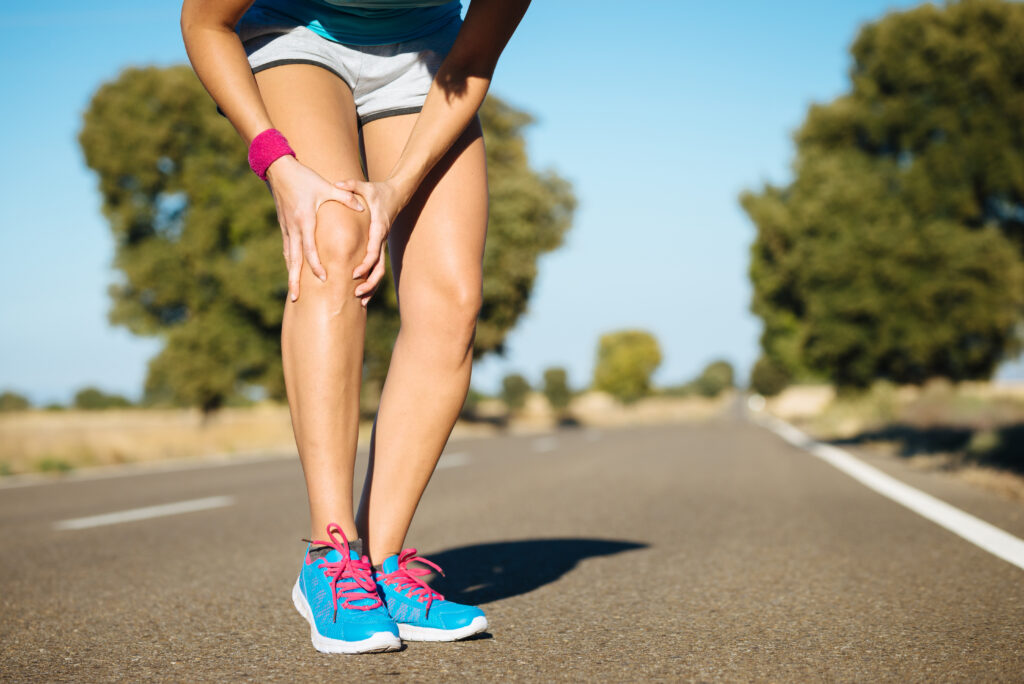
If you have mild knee pain, there are several easy ways to reduce it at home. These methods include massage, ice therapy, heat, and stretching.
You can also try myofascial release with an occupational therapist. The therapy helps loosen tight muscles that pull abnormally on the knee. It can also help improve strength and flexibility.
1. Massage
Knees are hard-working joints, bearing the brunt of all your steps, jumps and lunges. That's why it's no surprise that knee pain is so common.
While physical therapy and pain medications are usually prescribed to help manage knee pain, massage is an option that can make a big difference. In fact, a study in the International Journal of Therapeutic Massage & Bodywork found that 20 minutes of self-massage twice weekly significantly improved knee pain and stiffness.
Before you book your next massage session, consult with your practitioner to ensure that this treatment is safe for your knees. Certain styles of massage may not be appropriate or may aggravate existing knee injuries or conditions. In addition, be sure to avoid using a lot of pressure on your knee joint.
2. Ice
Ice helps reduce knee pain by constricting blood vessels and numbing the area. Ice should never be applied directly to the skin and must always be wrapped in a towel or cloth to avoid damaging the tissue. Apply ice packs to the injured knee for 20 minutes at a time, three or four times a day.
Studies show that ice packs reduce pain and swelling and improve knee flexion (bending) and mobility. Ice also has an analgesic effect, which means that it actually makes patients feel better - probably because it is cold and feels soothing.
Heat therapy is a great way to loosen up tight and stiff muscles before stretching and activity. However, if you are experiencing knee swelling or increased pain or swelling after applying heat, see your orthopedic doctor as soon as possible.
3. Heat
Heat increases blood flow to the knee by widening (vasodilating) the blood vessels. This type of therapy is often used for chronic pain, like arthritis. You can apply a heating pad, a hot bath or a plastic bag filled with ice to the affected area for 20 minutes several times a day.
Well-designed studies that measure a variety of outcomes are needed to determine the effectiveness of thermotherapy for knee OA. The studies need to have a standardized application method, a randomized design and a sufficiently long treatment duration.
Cold compression works best to decrease swelling, pain and inflammation for new injuries, re-injuries or during post surgery recovery. Warmer temperatures, such as those found in Circulation Boost, are best for increasing circulation and stimulating healing for older (chronic) injuries or re-injuries.
4. Tai Chi
Tai Chi is a mind-body exercise that may improve knee osteoarthritis (KOA) pain, function and quality of life, researchers say. In one large-scale randomized controlled trial, patients who did Tai Chi had more quadriceps strength than those who didn’t do the exercise.
Researchers at Boston University assigned 204 adults with painful knee osteoarthritis to standard physical therapy or tai chi, which is a traditional Chinese mind-body practice that combines meditation with slow, graceful movements and deep diaphragmatic breathing. Both groups saw improvements in primary outcomes, such as pain and stiffness. But the tai chi group also had greater improvements in depression and physical aspects of quality of life, according to results published in Annals of Internal Medicine.
Many community centers, gyms and health clubs offer tai chi classes. You can search online for classes in your area.
5. Stretching
Stretching exercises help improve your knee's range of motion, flexibility, and stability. This, in turn, may prevent future knee pain and injury. It also promotes the release of endorphins, natural chemicals that act as natural painkillers and mood enhancers.
Stretch the muscles around your knees with static stretches that involve holding the position of the stretch for a comfortable period of time. These stretches should be done regularly and after you exercise.
Try to make your stretches sport specific, so you target the muscles that are used in your particular activity. However, always be careful not to over-stretch. Over-stretching can cause muscle tears, which may result in knee pain. You should always talk to a doctor or physical therapist before starting a new exercise program to discuss your health concerns.

